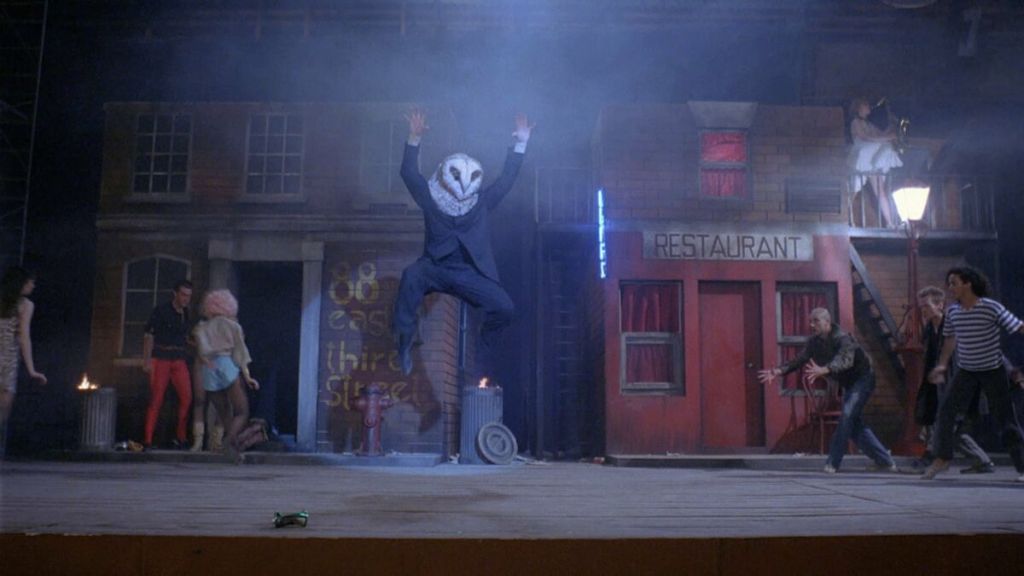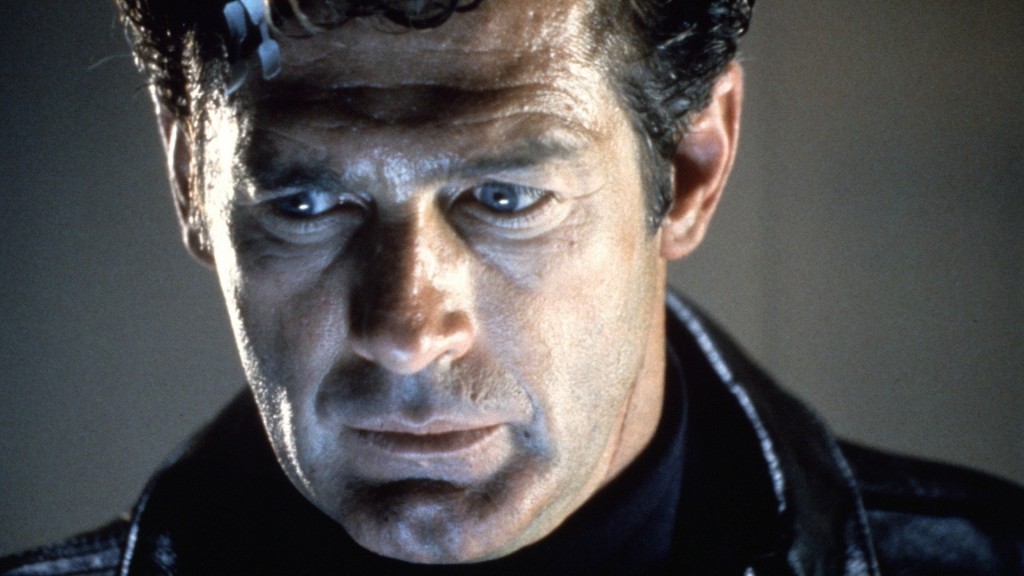
NEWBODY HEALTH SPA
⚡️ ⚡️ ⚡️ ⚡️
D EA TH SPA
Death Spa (1989) – a perfect title! Completely indicates the type of horror movie it is, and if you hadn’t guessed, it’s a cash-in on the aerobics and gym craze of the 1980s. As if some producer threw a dart at a poster of Perfect stuck on a wall, and thought, why not make that into an Elm Street thing? Then you have the amazing VHS cover art, fiery agony of a gym-bro tortured by a weights machine in the background while a swimsuit babe with a demon face takes up the foreground.
The wonderful thing is that Death Spa is as good as its title and VHS cover art. Ideal 1980s horror schlock forgotten in the video store aisles and now revived as a “what the fuck?” cult classic.
Do you want to know the plot of Death Spa? Well, let’s say it involves a successful gym and health joint, where everything is run by a central computer, and unfortunately, the system is haunted by the dead wife of the hunky owner (William Bumiller). As people experience strange accidents and injuries, even death, there’s even a Death Spa version of the Jaws mayor as a lawyer says no to the computer system being shut down, nothing can ruin the upcoming members Masquerade ball at the gym! Featuring some familiar faces in spandex or gym shorts including Brenda Bakke (Tales From The Crypt: Demon Knight), Chelsea Field (The Last Boy Scout) and Ken Foree (Dawn of the Dead). Teasing out the dead wife’s ghost haunting the system and causing all the destruction is great, particularly when she finally appears in the third act as a strong screen presence in actor Shari Shattuck, delightful demonic and enjoyably campy as a villain.
All of this is heightened by the amazing set dressing and vibrant lighting choices, which often cast the sets in strong colours (the pinks! The blues! The reds!). Within its remastered version, Death Spa has a high sense of style, obviously very Eighties, and also rolls out gnarly kills with gloopy, old-school, practical special effects. I had an absolute ball.
Available to stream on Tubi (US). Recommended.



